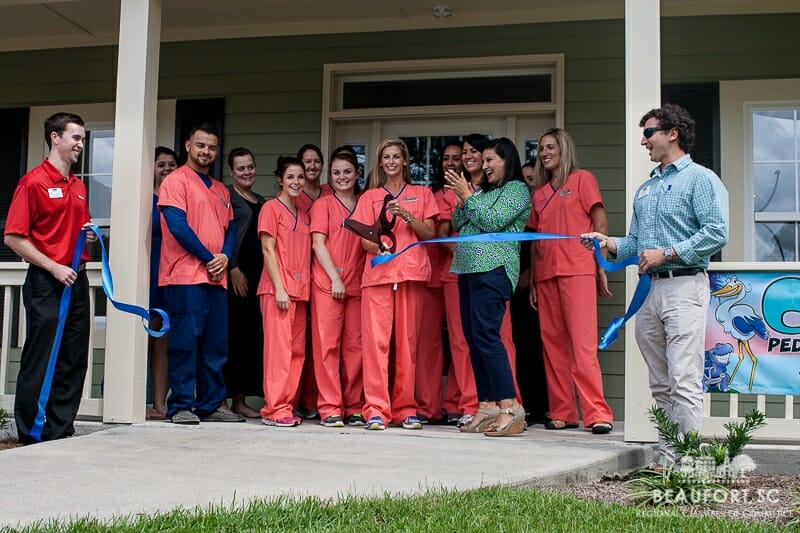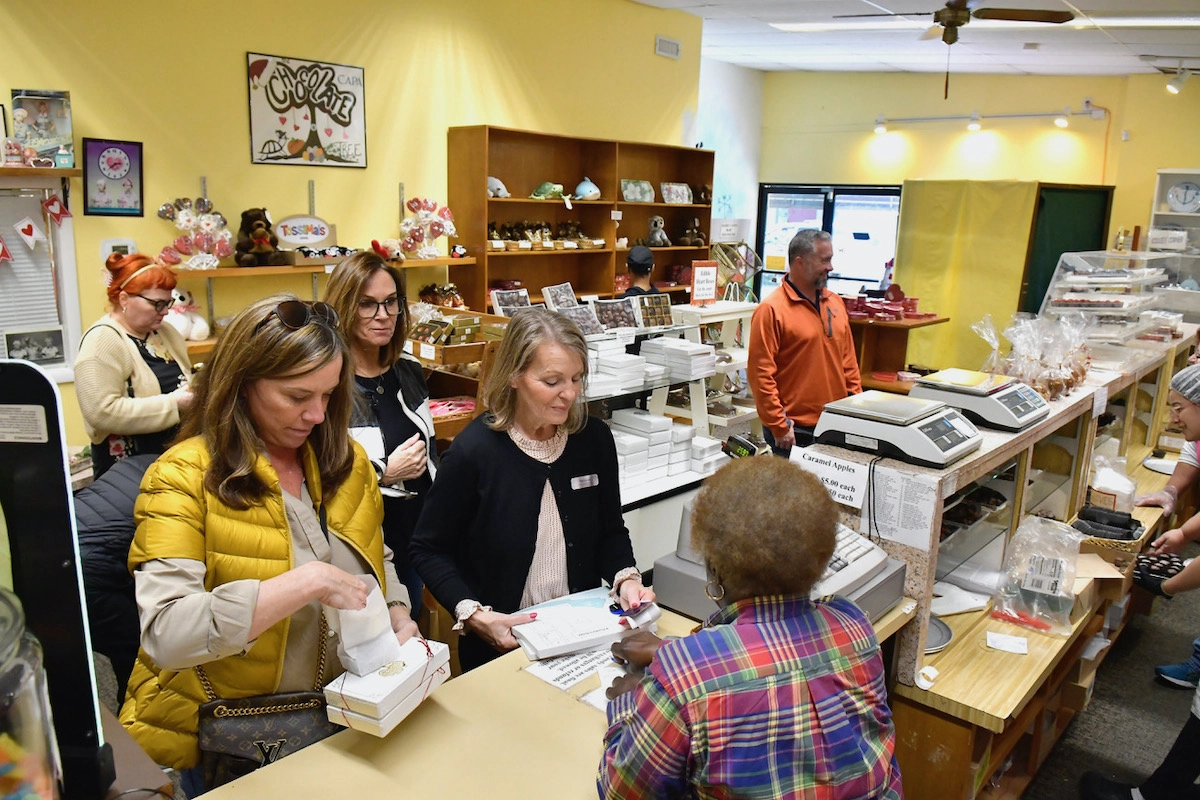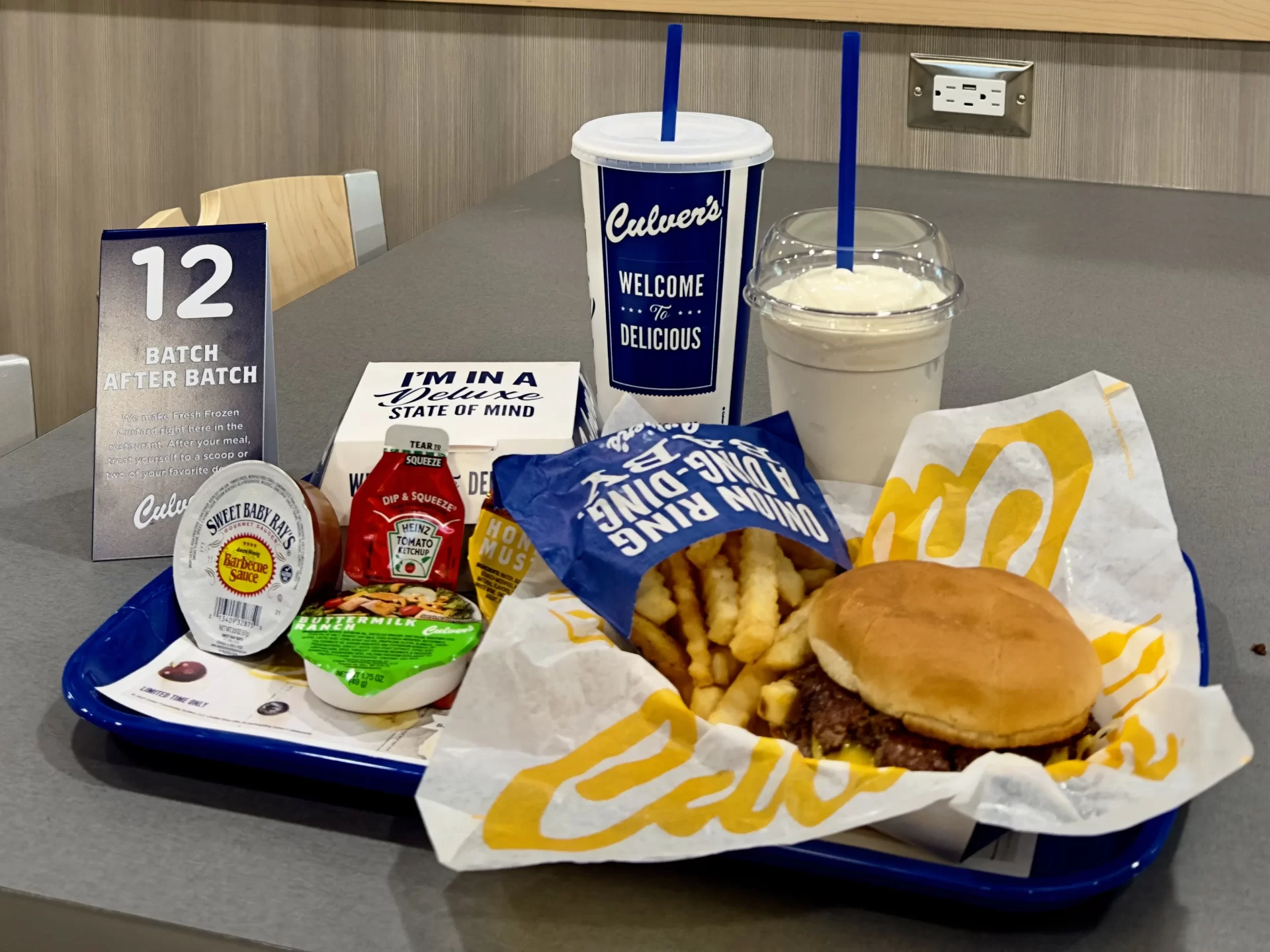Provided by State Farm
It happens. Even if you’re vigilant about avoiding animal collisions, the risk of hitting a deer with your vehicle heightens in the late fall and early winter. State Farm estimates over 1.25 million auto-deer collision claims occurred in the U.S. between July 1, 2014 and June 30, 2015. These accidents were costly for drivers, with a national cost per claim average of $4,135. So if an auto-deer collision occurs, here’s what to do:
Move your vehicle to a safe place. If possible, pull over to the side of the road, and turn on your hazard lights. If you must leave your vehicle, stay off the road and out of the way of any oncoming vehicles. Deer are most active at dusk and dawn—times when you or your vehicle may be less visible to other motorists.
Call the police. Alert authorities if the deer is blocking traffic and creating a threat to other drivers. If the collision results in injury or property damage, you may need to fill out an official report. This report also can prove useful when filing your insurance claim.
Document the incident. Take photographs of the roadway, your surroundings, damage to your vehicle, and any injuries you or your passengers sustained. (Take plenty of photos: This may help make your claim easier to process.) If witnesses stop, take down their account of what occurred, and ask for their contact information. Stay away from the animal. A frightened, wounded deer could use its powerful legs and sharp hooves to harm you.
Contact your State Farm® agent. The sooner you report damage or injuries, the sooner your agent can file and process your claim. You can also report a claim online at statefarm.com®, by calling 800-STATE-FARM or through the Pocket Agent® smartphone app.
Don’t assume your vehicle is safe to drive. Double-check that your car is drivable after colliding with a deer. Look for leaking fluid, loose parts, tire damage, broken lights, a hood that won’t latch and other safety hazards. If your vehicle seems unsafe in any way, call for a tow.
Before a collision occurs, make sure you’re protected with the right type of insurance: Damages from auto-deer accidents typically are covered under comprehensive insurance, not collision. Contact your State Farm agent to learn more.
The information in this article was obtained from various sources. While we believe it to be reliable and accurate, we do not warrant the accuracy or reliability of the information. These suggestions are not a complete list of every loss control measure. The information is not intended to replace manuals or instructions provided by the manufacturer or the advice of a qualified professional. Nor is it intended to effect coverage under any policy. State Farm makes no guarantees of results from use of this information. We assume no liability in connection with the information nor the suggestions made.







